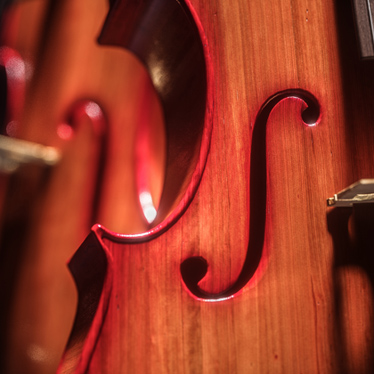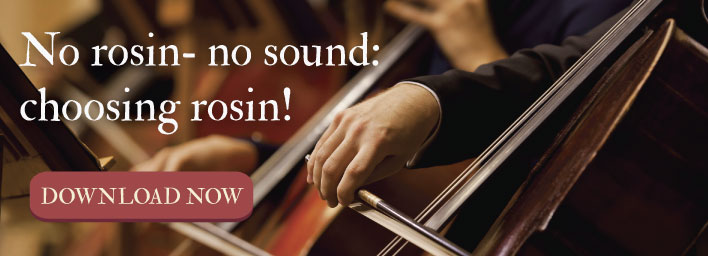How to Choose A Violin Case Humidifier

Wood continuously interacts with the moisture in the air around it. If the air is too dry, it will suck moisture out of your violin. A violin that's not surrounded by air in the target range of 45 to 55% humidity can mar your instrument. If your violin is too dry, it may experience temporary changes, like poor sound. A worse case scenario occurs when constant changes in the relative humidity damage your instrument badly enough to need repair. Not good.
When your violin is closed up inside its case, the relative humidity of that air has the potential to affect its physical integrity. That's why many violinists decide they want to use a humidifier to regulate the air within the violin case.
As with any product that's going to impact your violin, you want to be deliberate about your selection process. Here's your checklist of issues to consider when choosing which humidity control product to trust for care of your violin.
How easy is the humidifier to use?
Many case humidifiers need to be filled with water to work. The humidifier may add moisture to the air perfectly well – when it's used properly and filled up. Newer case humidifiers that use hydrogel packets and release moisture more slowly need to get refilled. They just require refilling less frequently than other common humidifier materials.
The specific questions to ask of a product that requires refilling are: How often does it need to be refilled or changed? How obvious is it when it's time to refresh the packet? For example, the no maintenance humidity control packet used by Boveda for Wood Instruments solidifies over time, making it easy to see when it's time to replace it. And it also doesn’t require any filling or refilling.
Does the case humidifier present any risks to your violin?
Like medications, some humidifiers come with potential adverse side effects. For example, case humidifiers that need water pose a risk for leaking. Having your violin soak up liquid water is not going to do it any favors. Tube humidifiers, which get inserted into the violin's f-hole, are particularly risky. In contrast, the Boveda packets have two layers of protection. First, the ingredients are housed in sturdy packets that don't tear. Second, the packet itself is held in a leak-resistant fabric holder in the instrument case.
Another potential risk is damage to your violin case due to how the humidifier must be mounted. Some case humidifiers need screws and bracing to get attached inside a case. Thus, this type of case humidifier can only be used with a wood case – the bracing won't hold on foam or composite cases. Bit, do you really want to screw open holes into your wood violin case? Do you want to carry a heavy wood violin case when there are more technologically advanced instrument cases available?
Can the humidifier create a balanced environment inside the instrument case?
Sometimes your violin case needs less humidity in the air, not more. This is a truth overlooked by most case humidifiers. They can only add moisture to the air. What happens when the air in the case already has high humidity? The case humidifier may be adding more moisture into the air, creating a worse environment for your violin. Remember the issue just discussed: Does the humidifier pose any risk to your instrument?
A complete option is to use a product that provides two-way humidity control. Two-way humidity control means the humidifier absorbs or releases moisture depending on what's needed at any given time.
The ideal relative humidity range for a violin is 45 - 55%. A two-way humidity control product, like Boveda sets that as the target range for your case. If the air inside your case goes outside that range, the leak-resistant Boveda packet responds appropriately.
A stable case environment, with relative humidity in this target range, can protect your instrument even when your violin isn't in its case.
In most situations, you're inside when using your violin. Most indoor environments have a relative humidity below 60%. The EPA recommends an indoor relative humidity between 30 to 50%. When the relative humidity inside your case and the room are in proximity, your violin won't lose or gain moisture when you take it out of its case. From a moisture damage perspective, the worst case for your violin is to go back and forth between environments with wildly different relative humidity percentages. That's one reason why winter air is so hard on your violin. Nothing will warp or crack your violin's body faster than getting into a cycle of continually losing and absorbing moisture.
When selecting a humidity control product, look for the option that can protect your violin both when there's too much or too little moisture in the air. That's the only way to protect your violin in its case regardless of the environment.


